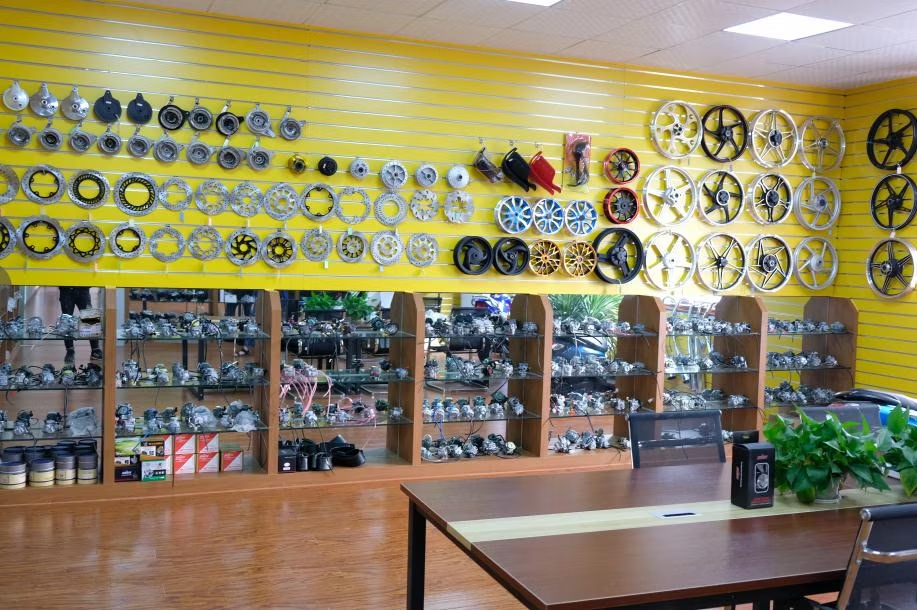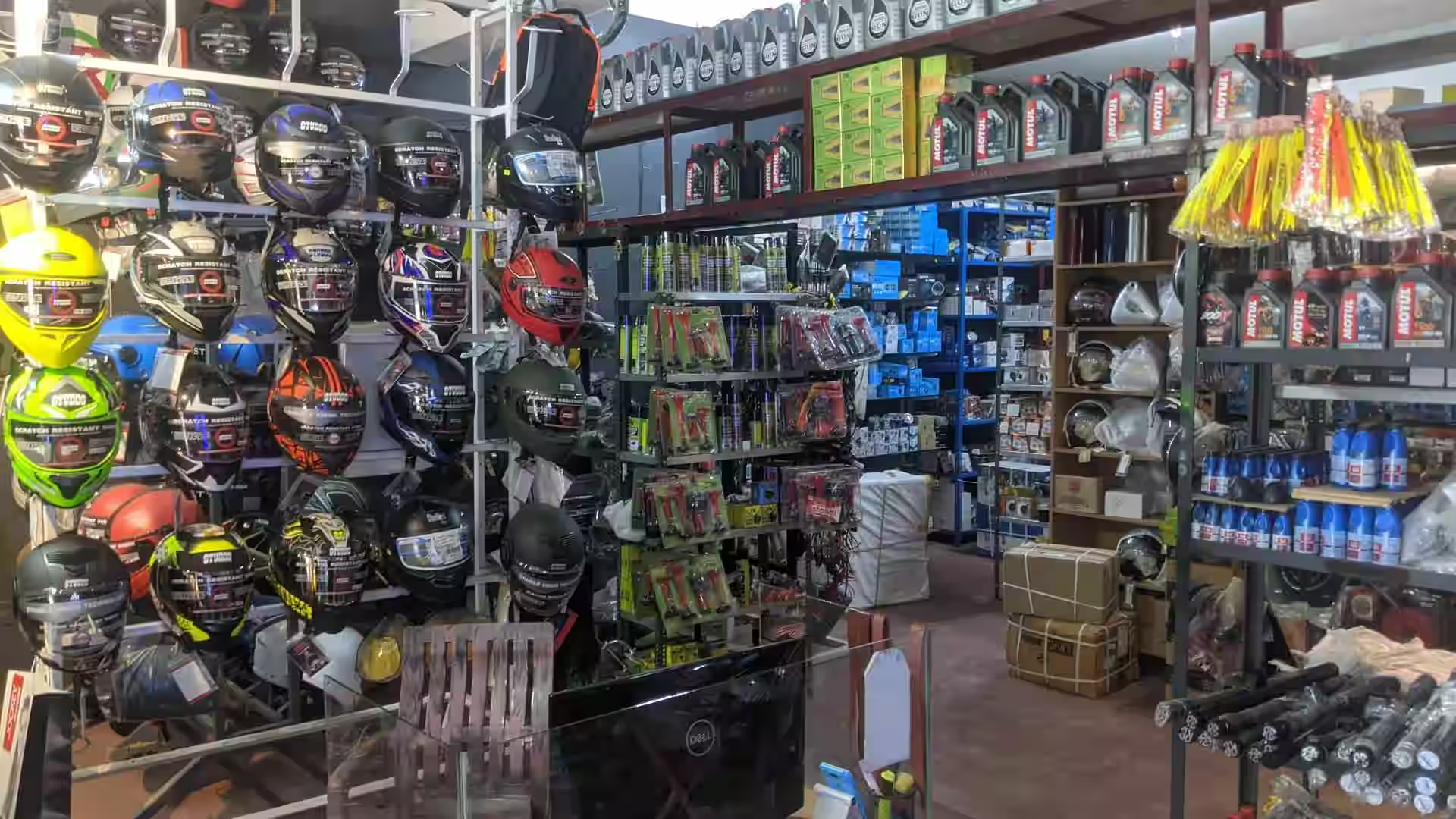Top MX Gear NZ: Get Ready for Your Next Off-Road Experience
Top MX Gear NZ: Get Ready for Your Next Off-Road Experience
Blog Article
Understanding the Crucial Parts of a Bike: A Comprehensive Overview for Lovers
For bike enthusiasts aiming to elevate their riding experience and guarantee their bikes run smoothly, understanding the essential components of a motorbike is extremely important. Each component, from the engine's elaborate operations to the crucial function of the stopping devices, not just influences performance however also safety and convenience. This guide will go through the basic parts that every rider need to recognize with, allowing educated choices in both upkeep and possible upgrades. As we start this exploration, one must ask: exactly how does each part communicate to produce the seamless adventure every enthusiast seeks?
Engine Parts

The camshaft plays a critical duty in controlling the timing of the engine's valves, guaranteeing the exact opening and closing necessary for effective fuel and air consumption, in addition to exhaust expulsion. This timing is critical to keeping ideal engine performance and efficiency. In addition, the carburetor or fuel shot system, depending upon the motorcycle version, is in charge of blending air with gas in the proper proportion for combustion.
The air conditioning system, either air or liquid-based, works to keep the engine's temperature within operational limitations, protecting against overheating and making certain longevity - moto parts nz. Each component, carefully developed and incorporated, contributes to the smooth procedure of the engine, defining the motorcycle's power outcome and general performance
Transmission System
Essential to the motorcycle's capability, the transmission system ensures reliable power transfer from the engine to the wheels. This system makes up several crucial elements, including the clutch, transmission, and last drive, each playing a crucial role in translating the engine's power into motion. The clutch, commonly operated by a hand bar, serves to engage and disengage the engine from the transmission, permitting smooth equipment changes and controlled acceleration.
The transmission, commonly described as the transmission proper, includes a set of equipments that cyclists can manually shift via to adjust the bike's speed and torque output. These equipments are prepared in a series that makes it possible for the bike to speed up smoothly and preserve ideal engine efficiency throughout different rates. The majority of bikes use a consecutive transmission, requiring the biker to shift gears in a fixed order.
Braking Devices
While understanding the transmission system is key to utilizing a bike's power, equally crucial is the capability to control and quit that power properly, which is where braking mechanisms enter into play. Brakes are essential for safety and performance, giving the biker with the necessary control to navigate different surfaces and conditions. Generally, motorcycles feature two sorts of stopping systems: disc brakes and drum brakes.
Disc brakes are a lot more prevalent in best motorcycle riding gear contemporary bikes due to their superior performance. This system uses far better heat dissipation, constant performance, and enhanced stopping power, specifically in damp conditions.
Alternatively, drum brakes, though much less common, are still located in some motorbikes. They work by pushing brake shoes against the internal surface of a drum connected to the wheel. While typically less reliable in heat dissipation and quiting power, drum brakes are less complex and more cost-efficient.
Understanding these braking systems' subtleties permits cyclists to maintain their motorbikes appropriately and appreciate the design that ensures risk-free and efficient quiting.
Suspension and Guiding
Suspension and steering systems are crucial elements that dramatically influence a motorbike's handling and experience comfort. The suspension system, containing forks at the front and shock absorbers at the back, soaks up roadway irregularities, enhancing security and control. Front forks, inverted or generally telescopic, compress and rebound to alleviate impacts, while rear shock absorbers preserve tire contact with the roadway, vital for traction and security.
Guiding, focused around the handlebars, links the biker to the motorcycle's directional control. The guiding head bearings guarantee smooth operation, permitting specific ability to move. Correct alignment and upkeep of these bearings are crucial for foreseeable steering reaction and lowering motorcyclist fatigue.
The suspension's adjustability is one more essential element; preload, damping, and rebound settings permit retro motorcycle clothing modification to suit numerous riding styles and conditions. This adaptability is vital for maximizing efficiency, whether browsing metropolitan roads or taking on tough tracks. Developments like digital suspension systems provide real-time changes, enhancing trip high quality across diverse terrains.

Electric Solutions
After guaranteeing a controlled and smooth trip with reliable suspension and steering systems, focus turns to the electrical systems, a critical facet of contemporary motorbikes. These systems play a critical role not just in starting the engine yet likewise in powering various elements that boost the functionality and security of the bike.
At the heart of a motorcycle's electrical system is the battery, which stores electric power essential for starting the engine and powering auxiliary systems - mx gear nz. The alternator or generator, paired with the rectifier-regulator, ensures the battery stays charged while the bike functions, converting mechanical energy right into electric energy and maintaining voltage levels
The ignition system, one more crucial element, is liable for stiring up the air-fuel mix in the engine's cylinders. Modern bikes frequently utilize an electronic ignition system, using higher performance and dependability contrasted to typical systems.
Lighting systems, including fronts lights, tail lights, best motorcycle gear for beginners and indicators, are additionally vital, ensuring exposure and security for the rider. Extra digital components such as sensing units, control systems, and shows contribute to advanced features like gas shot management, anti-lock braking systems (ABDOMINAL MUSCLE), and digital control panels, even more enhancing the riding experience.
Verdict
A detailed comprehension of a motorcycle's necessary components, including the engine, transmission system, stopping mechanisms, suspension, guiding, and electric systems, is crucial for lovers aiming to optimize comfort, efficiency, and safety. Mastery of these elements permits educated choices relating to maintenance and upgrades, eventually enhancing the riding experience. By incorporating this understanding, motorcyclists can guarantee their motorbikes run at peak performance and integrity, consequently maximizing both pleasure and durability of their automobiles.
For motorbike enthusiasts looking to boost their riding experience and guarantee their bikes run smoothly, understanding the essential parts of a motorcycle is extremely important.Important to the motorcycle's functionality, the transmission system makes certain effective power transfer from the engine to the wheels.While comprehending the transmission system is essential to utilizing a bike's power, just as crucial is the capability to manage and quit that power effectively, which is where braking mechanisms come right into play. Normally, motorcycles include 2 kinds of stopping systems: disc brakes and drum brakes.
A comprehensive comprehension of a motorbike's necessary parts, including the engine, transmission system, braking mechanisms, suspension, steering, and electrical systems, is important for lovers intending to enhance safety, efficiency, and comfort.
Report this page